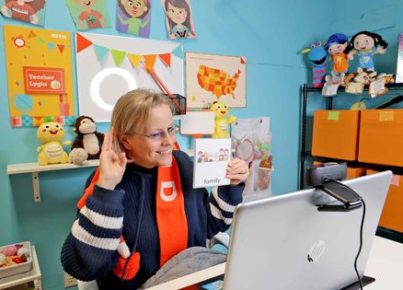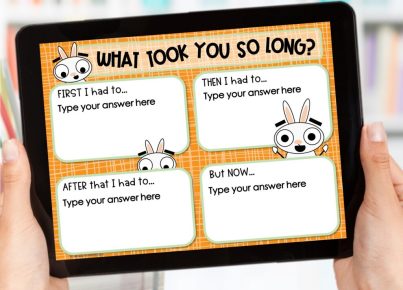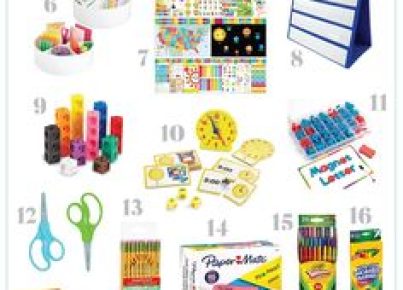During school closures, staying connected with students is crucial for their academic progress and emotional well-being. It can be challenging to maintain the sense of community and support that students usually experience in a physical classroom setting. However, educators can leverage various strategies and tools to bridge that gap.
One effective method is setting up a regular communication channel. This could be through emails, messaging apps, or learning management systems like Google Classroom or Canvas. Teachers should establish clear communication expectations and schedule regular updates or check-ins.
Another key element is the use of video conferencing tools such as Zoom, Google Meet, or Microsoft Teams. These platforms enable real-time interaction, closely mimicking the classroom environment. They can be utilized for teaching lessons, group discussions, or one-on-one meetings to provide personalized support.
Interactive online collaboration platforms like Padlet or Flipgrid can also facilitate student engagement. These allow students to share ideas, work on projects together, and give feedback to peers. Additionally, social media platforms can serve as informal spaces for maintaining class community.
To further support learning at home, educators can provide digital resources such as educational videos, e-books, and online exercises that students can complete at their own pace. Tools such as Khan Academy, Coursera, or specific educational YouTube channels cater to various subjects and grade levels.
Lastly, it is important to remain flexible and empathetic. Regularly seeking feedback from students on their preferences and challenges regarding remote learning will help tailor the approach accordingly.
By integrating these various methods and continually adapting to the needs of students, educators can ensure they stay connected with their class during school closures and provide continuous education and support.





